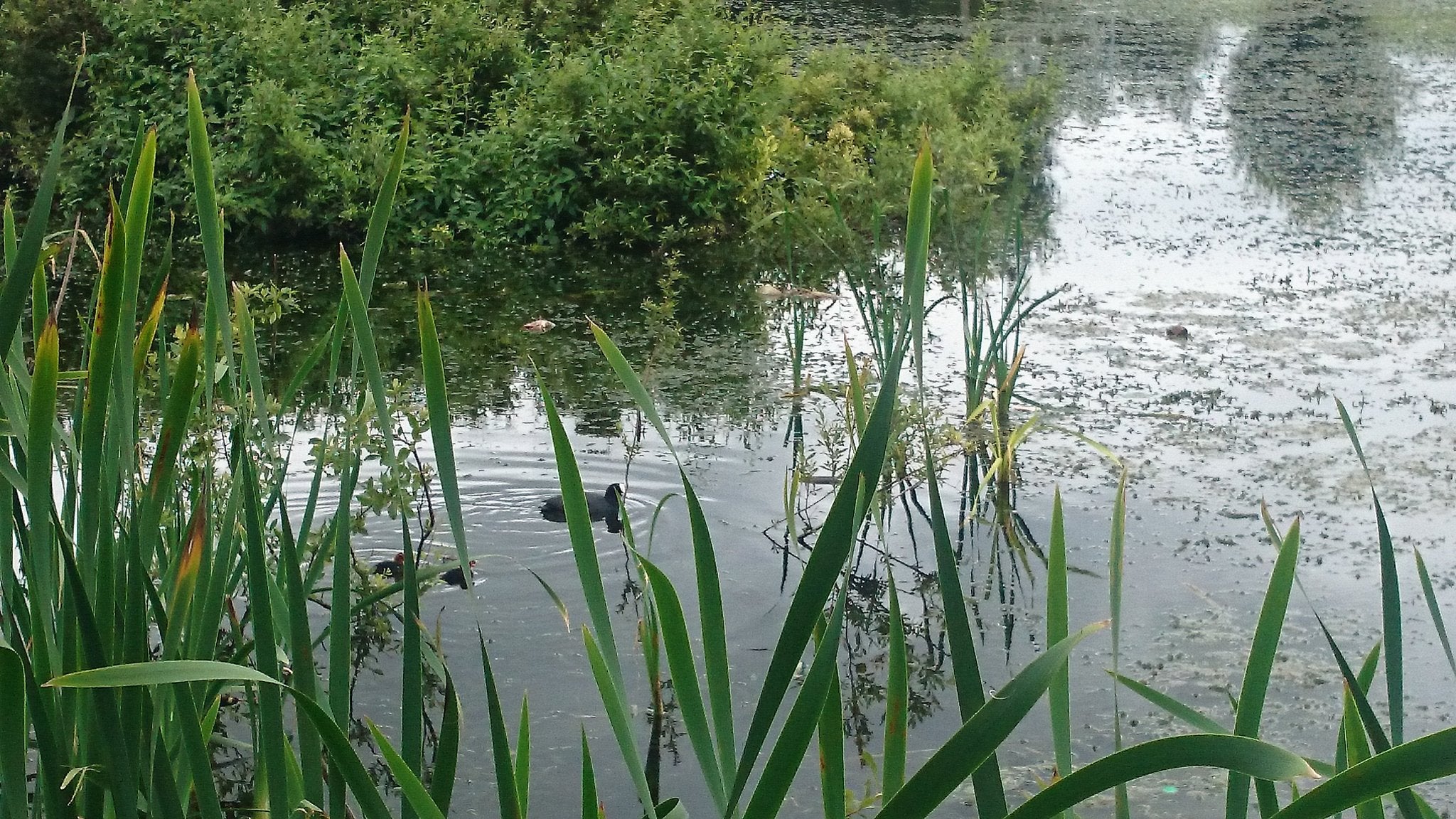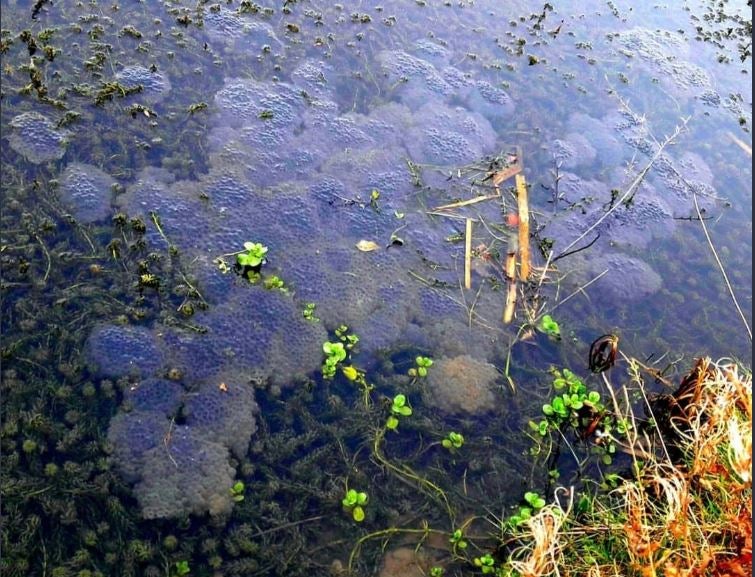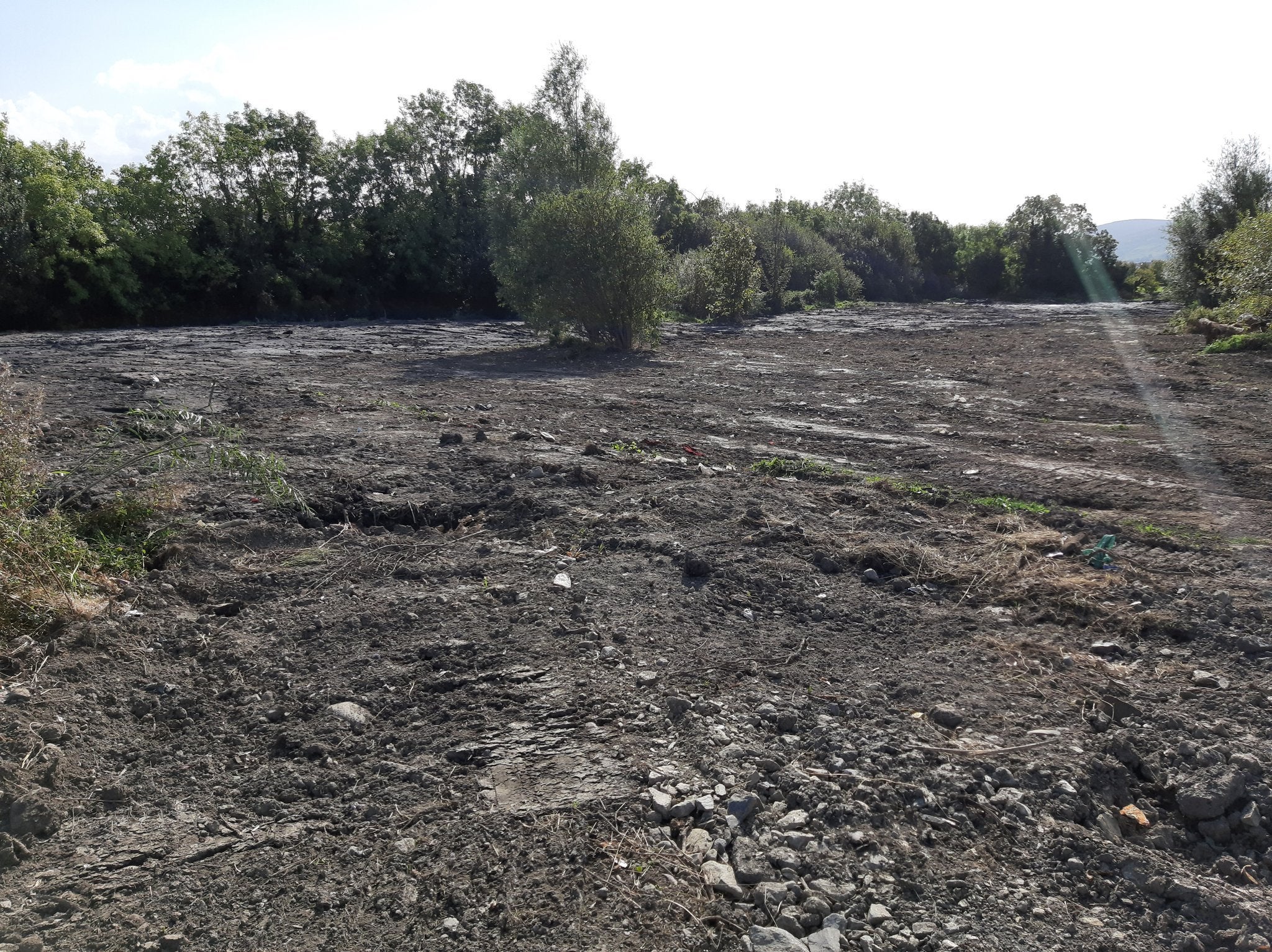‘Heartbreaking’: Wetland home of critically endangered eels bulldozed by council
‘The council killed thousands of animals by pouring silt over a beautiful wetlands and then steamrolling it into the ground’
Your support helps us to tell the story
From reproductive rights to climate change to Big Tech, The Independent is on the ground when the story is developing. Whether it's investigating the financials of Elon Musk's pro-Trump PAC or producing our latest documentary, 'The A Word', which shines a light on the American women fighting for reproductive rights, we know how important it is to parse out the facts from the messaging.
At such a critical moment in US history, we need reporters on the ground. Your donation allows us to keep sending journalists to speak to both sides of the story.
The Independent is trusted by Americans across the entire political spectrum. And unlike many other quality news outlets, we choose not to lock Americans out of our reporting and analysis with paywalls. We believe quality journalism should be available to everyone, paid for by those who can afford it.
Your support makes all the difference.A unique wetlands habitat that was home to critically endangered European eels was “destroyed overnight” when the local council used it as a dumping ground for silt, ecologists say.
Wetlands at Sean Walsh Memorial Park in Tallaght in south Dublin were once home to protected newts, frogs and bats as well as an abundance of insects and wildflowers – but now the area is said to look more like a car park.
Collie Ennis, a research associate at Trinity College Dublin and science officer with the Herpetological Society of Ireland told The Independent he was heartbroken by the “vandalism”.
“It’s absolutely devastating. It was a pristine wilderness and it’s just beyond belief. They killed thousands and thousands of animals by pouring silt over a beautiful wetlands and then steamrolling it into the ground,” said Mr Ennis.
“Every council, not just Dublin county council, must step up their game. They can’t be preaching to ordinary members of the public about environmental consciousness and then continuously doing stuff like this.”

Mr Ennis said the frogs and newts – which would have been buried alive – were protected under the Wildlife Act 1978. The space also supported a number of birds as well as mammals such as pine martens and badgers which will no longer have a source of food.

The wetlands were also home to European eels which are more endangered than giant pandas or elephants, with numbers having dropped by more than 90 per cent since the early 1980s. Populations of these fish have plummeted due to land reclamation, over-fishing and the damming of rivers.
They have one of the greatest migrations known in the animal kingdom. In autumn, mature eels travel more than 3,000 miles to reproduce in the Sargasso sea near the Bahamas, crossing both freshwater and seawater as they do.
Mr Ennis said: “European eel numbers across the continent have completely crashed so each adult is massively important for the survival of the species.”
South Dublin County Council was supporting plans to protect the one-hectare large reserve as part of its six-year masterplan, Mr Ennis said. It had agreed there would be minimum interference with the area, except for potentially implementing a boardwalk so it was more accessible to the public.
He said: “All their flashy campaigns and Internet ads mean nothing. It’s all greenwashing. If they are serious about their green policies and biodiversity they should step up now and fix this issue.
“I honestly believe there was no malicious intent on their part because they have been unbelievably supportive to us. I think it’s a miscommunication,” he said.
“It just isn’t good enough any more. It happens nationwide with hedgerow destruction, wetlands being drained and it’s always ‘We’re sorry, shouldn’t have happened’ and nothing is done. It won’t be the same for years but they need to start restoration work as soon as possible.”

Wetlands are among the most threatened habitats, with a global loss of 87 per cent since the 1700s.
“The rate of this loss has increased with the growth of urbanisation and with the demise of wetlands, you also lose the species that depend on them,” said Alison Debney, a senior conservation programme manager at Zoological Society London (ZSL).
“This includes the critically endangered European eel.
“Urban wetlands are also essential for local people. They trap dirt and pollutants that run off road systems or other hard paved areas before they enter rivers and provide excellent opportunities for people to connect with the natural world.”
The council says the silt was removed from the lakes in Sean Walsh Park as part of a project to improve the natural habitat of the park and to help stop flooding.
The drained silt was placed in mounds uncultivated land to the north of the wetlands, an area it often used when removing material from the lakes.
“Following these works in Sean Walsh Park, the silt mounds were levelled. The council will immediately review the practice of the disposal of silt drained from lakes,” the spokesperson said.
“However, best practice dictates that the material removed is placed as close to the origin as possible.
“The council will continue to work to enhance the wetlands in Sean Walsh Park and in the county through its Constructed Wetlands Programme.”

Join our commenting forum
Join thought-provoking conversations, follow other Independent readers and see their replies
Comments